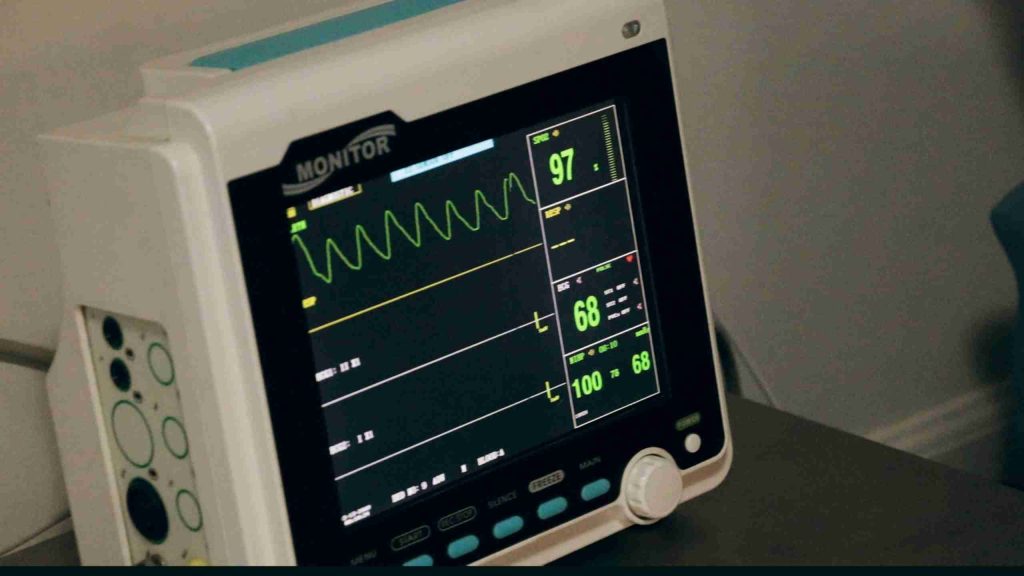Product roadmapping is the strategic backbone of innovation, outlining the vision and direction for product development. But embedded firmware development often presents challenges that can slow down this process. By modernizing embedded firmware development, companies can accelerate their product roadmaps, ensuring that products meet changing market demands efficiently and at scale.
The Role of Embedded Firmware in Product Roadmapping
Embedded firmware is more than just a technical necessity; it is a strategic tool that drives product success. By ensuring that products function reliably, efficiently, and securely, firmware development directly impacts the ability of companies to meet their goals. Effective firmware development means products are launched on time, meet regulatory requirements, and adapt to shifting customer priorities.

Challenges in Embedded Firmware Development
Timing Issues and Debugging Challenges: Debugging timing-related issues in embedded systems can be complex, requiring a cross-disciplinary team to resolve problems that may arise from both hardware and software. This complexity can significantly delay development, impacting product timelines and roadmaps.
Limited Resources and Component Shortages: Limited resources, such as memory and processing power, combined with component shortages, can hinder development. These constraints force developers to iterate and adjust designs frequently, leading to prolonged development cycles and delayed product launches.
Unstable Driver Sets and Toolsets: Unstable driver sets and toolsets can cause compatibility issues and inefficiencies, requiring additional time for debugging and optimization. This instability can lead to project delays and increased costs, affecting the product roadmap.
Firmware Updates and Security Concerns: Managing firmware updates is crucial for maintaining product functionality and security. However, these updates can be time-consuming and require significant resources, diverting focus from new product development and roadmap progression.
How Modern Development Practices Accelerate Product Roadmaps
Access to Specialized Talent: Outsourcing embedded firmware development provides immediate access to skilled firmware developers. Companies with extensive experience in embedded systems can significantly accelerate development. This expertise allows companies to meet aggressive product roadmap timelines.
Cost Efficiency and Resource Optimization: Outsourcing functions like embedded firmware development allows companies to allocate resources more effectively. This cost-effective approach ensures that clients receive high-quality firmware solutions without the overhead of maintaining a full-time in-house team.
Accelerated Time-to-Market: Outsourced teams can work globally, leveraging dispersed teams in different time zones to expedite development. This approach ensures that products go to market faster and give companies a competitive edge.
Enhanced Innovation and Fresh Perspectives: Collaborating with external teams introduces new ideas and approaches, enhancing product design and functionality. This innovation helps differentiate products and accelerate roadmap execution.
Modernizing embedded firmware development with help from third-party experts can be the “juice” that fuels accelerated roadmapping. By leveraging modern development principles, specialized talent, and innovative tools, companies can overcome common pain points and bring their products to market faster and more efficiently.
How Dojo Five Can Help
We specialize in modernizing embedded firmware development by leveraging innovative tools, techniques, and technologies. Our expert engineers have a combined 350+ years of experience developing high-quality firmware solutions that meet the most stringent industry standards.
Our embedded firmware services include system architecture, embedded firmware development, and product launch support. We also offer EmbedOps, a comprehensive tool for managing the embedded software lifecycle, ensuring consistent build environments and automated testing pipelines. This approach helps streamline development processes, reduce inconsistencies, and enhance team collaboration.
Dojo Five is here to help you transform your product vision into a successful reality by providing expert solutions tailored to your needs. Schedule a meeting with our team to discuss your embedded project needs.





